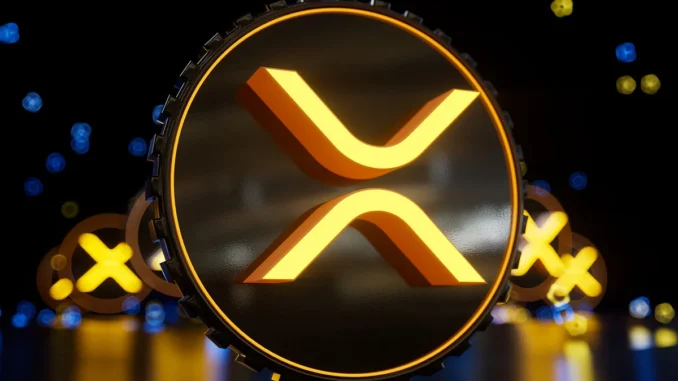
Crypto analyst Joshua Jake recently shared his thoughts on the possibility of XRP reaching $10,000 per coin. His commentary was in response to a mathematical breakdown from another analyst who argued that such a price point could be achieved in the future. A key argument in the optimistic projection was the potential approval of XRP exchange-traded funds (ETFs), which could trigger a massive price surge. The analyst suggested that factors like institutional adoption, traditional finance (TradFi), and crypto reserves could create a supercycle, leading XRP to reach $100 by summer.
However, as the discussion gained traction, Jake weighed in with his own analysis, debunking what he viewed as misconceptions. He firmly dismissed the idea that ETFs alone could propel XRP to $100, pointing to Bitcoin as an example. If ETFs had the power to push prices that high, he argued, Bitcoin’s price would have already reached $1 million per coin. Instead, ETFs mainly introduce institutional participation, increasing liquidity but also resistance levels. Even reaching $20 or $30 per coin would require an unprecedented influx of value. Additionally, Jake challenged the notion that TradFi adoption and crypto reserves would trigger an XRP supercycle. He noted that while former U.S. President Donald Trump once referenced XRP, the final executive order establishing a crypto reserve only included Bitcoin. Even if XRP were later added, Jake argued, it would not create the kind of supply shock that some predict. A more realistic supercycle, in his view, might push XRP to $15 at most.
A major point of contention in the debate was the role of market capitalization. Many proponents of XRP’s ambitious price targets claim that market cap is irrelevant, but Jake firmly disagreed. He pointed out that if XRP reached $100 per coin, its market cap would be $10 trillion. At $10,000 per coin, it would skyrocket to $1 quadrillion—exceeding the total wealth of the entire world. Given these figures, he cautioned investors to be optimistic but realistic, warning against relying on overly speculative predictions.
Another argument in favor of a $10,000 XRP price suggested that global banks could drive the token’s value up by widely adopting it and continuously burning XRP through transactions. Jake dismissed this scenario, emphasizing that XRP faces significant competition in the financial sector and is just one player in a vast ecosystem. He also noted that despite token burns over the years, XRP still has roughly 99.98 billion tokens in circulation. Moreover, Ripple, the company behind XRP, controls around 40% of the total supply. If banks were to push XRP to extreme valuations, Ripple would become a multi-trillion-dollar entity, a scenario financial institutions would likely avoid. Instead, Jake argued, banks would prefer to develop their own blockchain solutions rather than handing Ripple immense power.
The analyst also responded to claims that XRP is undergoing more development than Bitcoin and Ethereum, with the latter two supposedly overvalued. Jake countered this argument by highlighting Ethereum’s widespread adoption, particularly in the tokenization of assets. He cited Ethereum’s total value locked (TVL) of $50.75 billion, vastly surpassing competing blockchains. He also noted that many banks are building their crypto infrastructure on Ethereum rather than XRP. Similarly, he defended Bitcoin’s utility, calling it the most reliable digital store of value. Bitcoin’s role in the carbon credit market and adoption by major corporations like ExxonMobil demonstrate its real-world use cases, as do its endorsements by organizations such as the IMF and the U.S. government. In contrast, XRP has not achieved the same level of institutional adoption.
Ultimately, Jake clarified that his critique was not meant to undermine XRP but to encourage a rational discussion about its potential. He urged investors to stay grounded in reality and avoid getting caught up in hype, as unrealistic expectations could lead to disappointment. “It’s easy to get excited, but we need to be cautious about believing in exaggerated price targets,” he concluded.
Disclaimer: This content is for informational purposes only and does not constitute financial advice. The views expressed are those of the author and do not necessarily reflect the stance of The Crypto Basic. Readers should conduct their own research before making investment decisions. The Crypto Basic is not responsible for any financial losses.
Leave a Reply